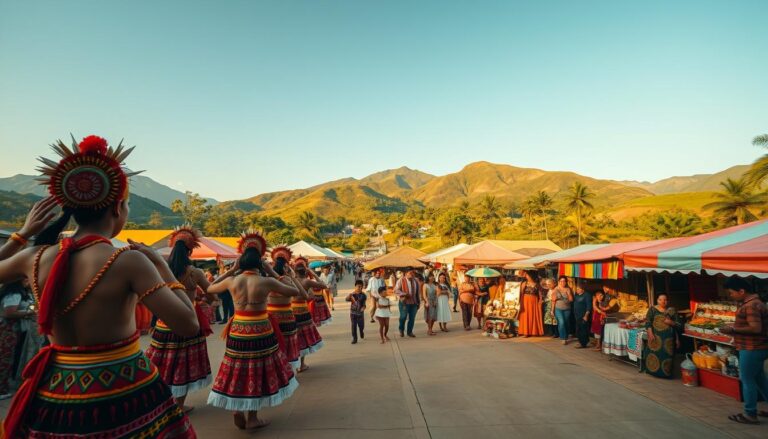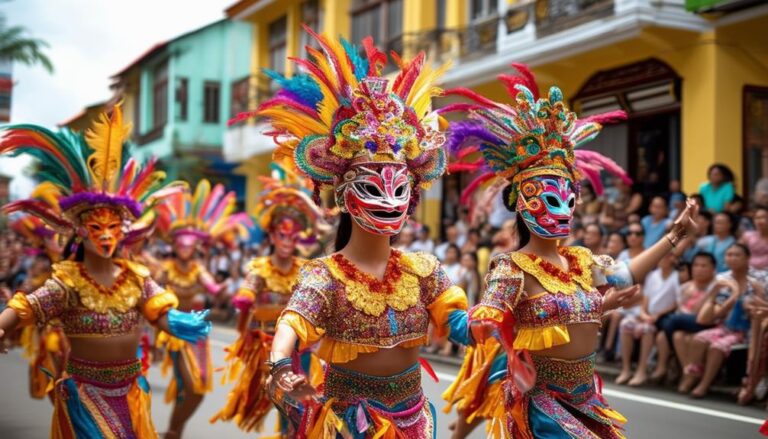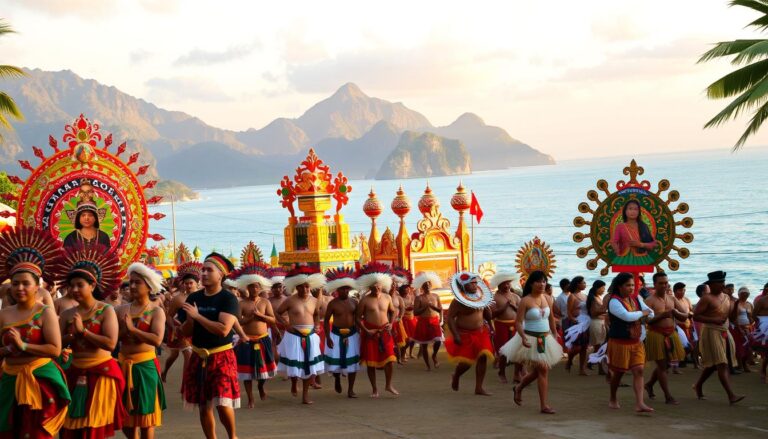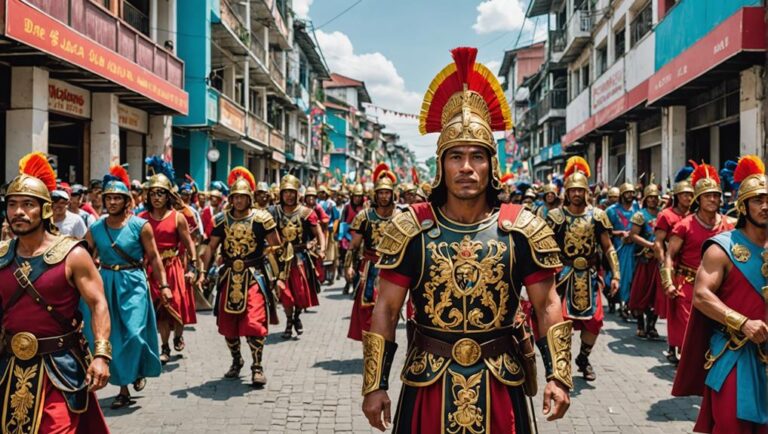Cinco de Noviembre: Negros Occidental Cinco de Noviembre Celebrations
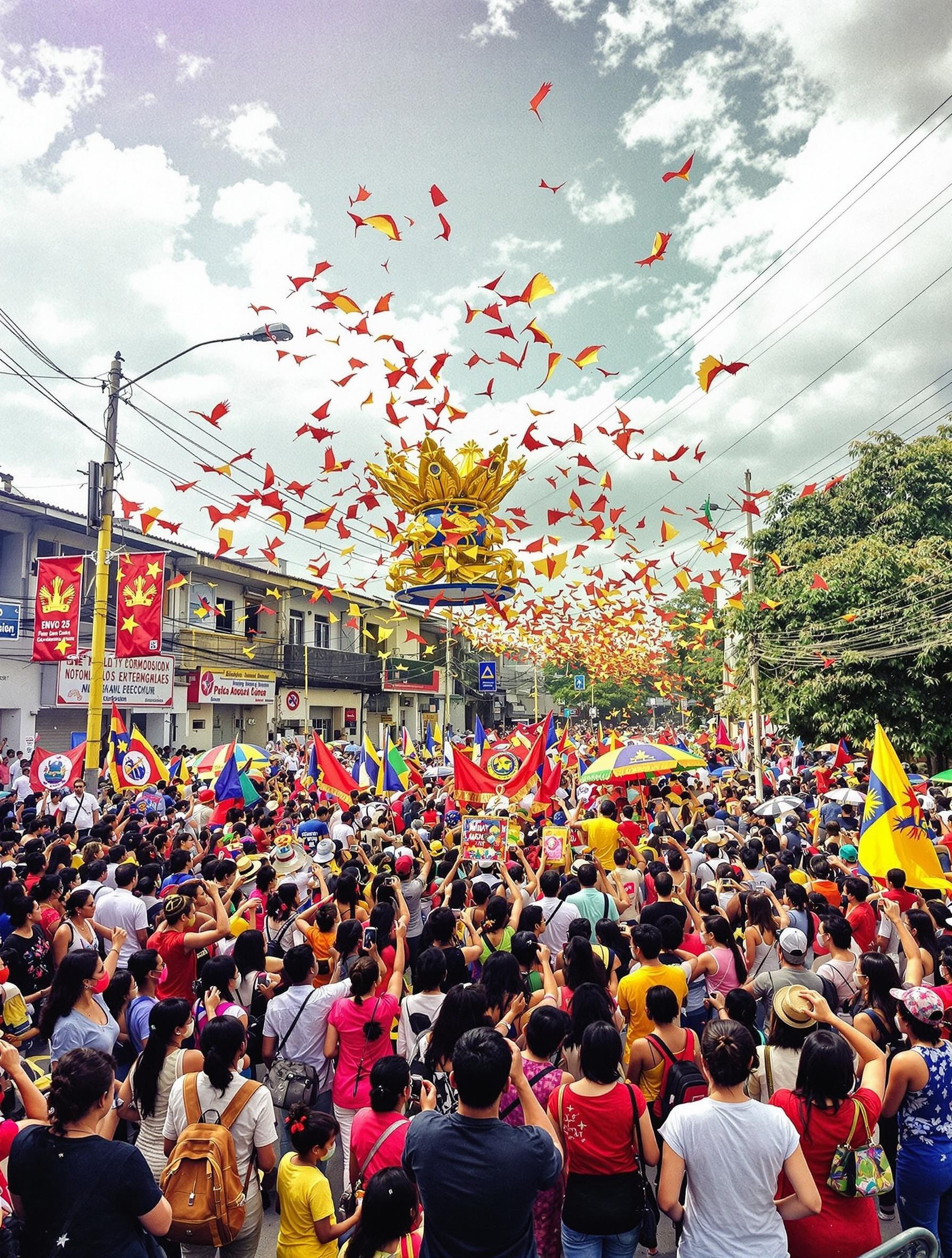
Every year on November 5, the province of Negros Occidental celebrates a remarkable chapter in Philippine history. This holiday honors the 1898 uprising where local revolutionaries outsmarted Spanish forces through clever tactics, ending over three centuries of colonial control. Unlike many battles, this revolt was nearly bloodless, showcasing the power of unity and strategy.
Led by figures like Aniceto Lacson and Juan Araneta, rebels used bamboo “cannons” and wooden props to create the illusion of a larger army. Their bold bluff worked, forcing Spanish troops to surrender without major violence. This victory led to the short-lived Negros Republic, a stepping stone toward national independence.
Today, the event is commemorated with lively festivals and historical reenactments across the province. Republic Act No. 6709 officially recognizes it as Negros Day, a special non-working holiday. The celebrations blend cultural pride with lessons about resourcefulness—a testament to the island’s enduring spirit.
Key Takeaways
- The 1898 revolt ended Spanish rule in Negros through strategic deception rather than force
- Revolutionaries used bamboo props and clever tactics to overwhelm outnumbered colonizers
- November 5 is an official holiday in Negros Occidental per Republic Act No. 6709
- The uprising established the short-lived Negros Republic in 1898
- Modern celebrations feature historical reenactments and cultural festivals
- Key leaders included sugar barons and revolutionary figures working in unity
Historical Roots of the Negros Revolution
Long before the iconic uprising, Negros Occidental simmered with quiet resistance. Spanish colonizers had ruled the sugar-rich province for centuries, granting privileges to local elites while ignoring growing discontent among farmers and workers. This fragile balance began crumbling as revolutionary ideas spread across the Philippines.
Prelude to the Uprising and Colonial Context
By 1898, key figures like Aniceto Lacson and Juan Araneta secretly organized dissent. They used Silay City’s Farmacia Locsin as a front—recording rebel donations in pharmacy ledgers to avoid detection. Spanish authorities dismissed these activities, believing their alliances with sugar barons would prevent rebellion.
Revolutionaries timed their move carefully. When Iloilo’s uprising succeeded on October 28, Negros leaders set November 5 as their date. This coordination isolated Spanish forces across Visayas, making defense impossible.
The Bloodless Strategy and Significance of November 5
Rather than direct combat, rebels deployed psychological warfare. They crafted fake cannons from bamboo and painted coconut stalks to resemble rifles. As thousands marched toward Bacolod, the illusion of overwhelming force broke Spanish morale.
The bloodless victory proved revolutionary ideas could triumph through creativity rather than violence. It also revealed how colonial rulers underestimated both grassroots networks and the unifying power of shared oppression.
Key Figures and Strategic Roles
The success of Negros Occidental’s historic revolt hinged on visionary leaders who turned limitations into advantages. At dawn on November 5, 1898, coordinated efforts across the island demonstrated how unity and creativity could dismantle colonial rule.
Aniceto Lacson and Juan Araneta: Pioneers of Change
Aniceto Lacson led northern rebels from Talisay, mobilizing farmers with bamboo cannons and painted coconut stalks. Simultaneously, Juan Araneta organized southern forces in Bago City, using church bells to signal movements. Their plan exploited Spanish fears of a large-scale rebellion.
Both leaders leveraged their influence as sugar landowners to rally support. Lacson’s group marched toward Bacolod with fake rifles, while Araneta’s troops burned fields to simulate battle preparations. This synchronized bluff made Spanish forces believe they faced overwhelming numbers.
Local Leaders, Sugar Barons, and Grassroots Movements
Beyond Lacson and Araneta, the revolt thrived on collaboration. Silay’s Leandro Locsin provided secret meeting spaces, while Nicolas Golez of Negros Oriental disrupted Spanish communications. Sugar barons funded rebel logistics, turning crop profits into revolution resources.
Challenges abounded—real weapons were scarce, and colonial troops held fortified positions. Revolutionaries countered by staging dawn marches and lighting hundreds of torches to exaggerate their strength. When Spanish commanders saw crowds advancing at daybreak, they surrendered without firing a shot.
Cinco de Noviembre: Traditions and Cultural Impact
Silay City transforms into a living museum every November, where cobblestone streets echo with ancestral stories. Locals honor their revolutionary past through vibrant events that blend history with creative expression. From dawn processions to twilight concerts, the island’s spirit shines brightest during these commemorations.
Festivities and Heritage Sites in Silay City

The Cinco de Noviembre Mark Point stands proudly along its namesake street, featuring plaques detailing the 1898 surrender. Nearby, the replica of Farmacia Locsin draws visitors to the pharmacy-turned-rebel-headquarters. Silay’s heritage houses, like Balay Negrense, display period furnishings and revolution-era artifacts.
Annual events include:
- The Cannon Festival, where bamboo replicas boom during street performances
- Food fairs highlighting sugar-based delicacies at Kaon Ta kag Iban pa
- Guided walks through ancestral homes linked to Juan Araneta and Aniceto Lacson
Modern Celebrations and Lasting Legacy
Bago City’s Sigabong sang mga Kanyon reenacts the march that fooled Spanish troops, using palm fronds as prop rifles. Local government teams partner with historians to ensure accuracy in these displays. A photo exhibit featuring 45 images by Negrense artists travels across the province each year.
| Site | Location | Significance |
|---|---|---|
| Farmacia Locsin Replica | Silay City | Revolutionary planning hub |
| Fountain of Justice | Bacolod | Surrender agreement site |
| Cinco Marker | Cinco de Noviembre St | Detailed battle timeline |
These traditions reinforce regional identity while teaching younger generations about strategic bluff tactics. As one festival organizer notes: “We celebrate not just victory, but the cleverness that made it possible.” Through dances, exhibits, and shared meals, Negros Occidental keeps its revolutionary fire alive—one joyful November at a time.
Conclusion
The legacy of Negros Occidental’s bold 1898 revolt continues to shape the island’s identity. Through coordinated marches and bamboo props, revolutionaries outwitted Spanish forces, securing freedom without bloodshed. Their victory led to the Negros Republic—a brief but groundbreaking experiment in self-government.
Today, the celebration unites communities across the province. Bacolod City hosts parades featuring fronds as symbolic rifles, while Bago City stages cannon competitions. These events honor both the revolution’s heroes and its clever tactics.
More than a holiday, November 5 serves as a living classroom. Heritage tours visit sites like the Act of Capitulation marker, teaching resilience through history. The establishment of Republic Act 6709 ensures this story remains central to Negrense culture.
As palm trees sway where rebels once marched, the day reminds us: true power lies in unity and ingenuity. Visitors can experience this legacy firsthand through museums and annual reenactments that keep the past vibrantly alive.


